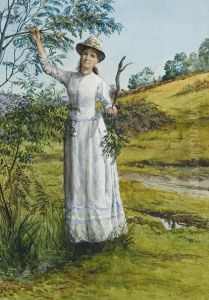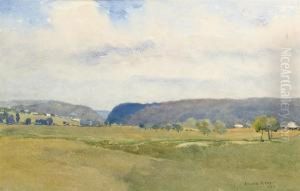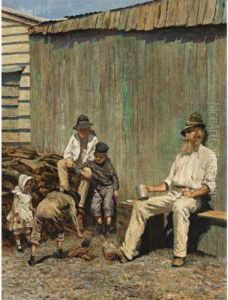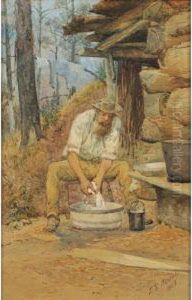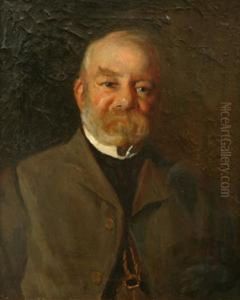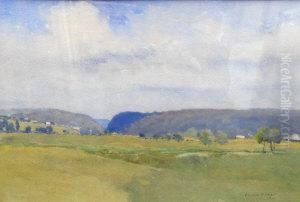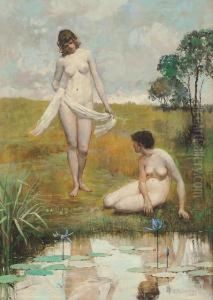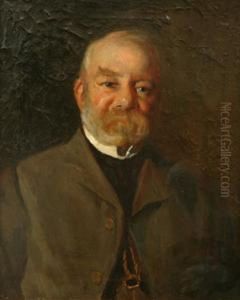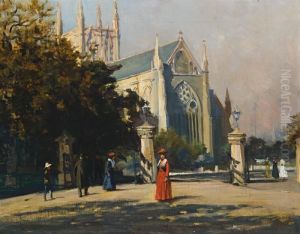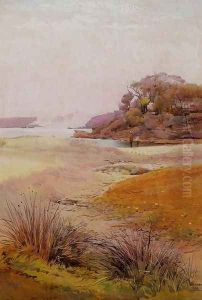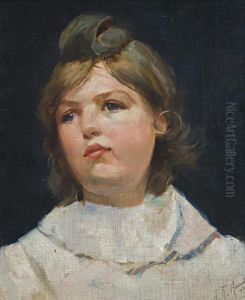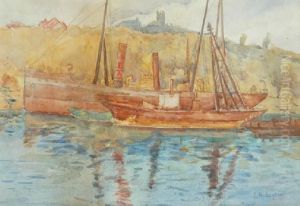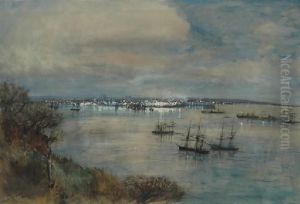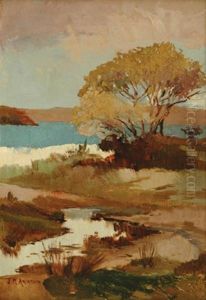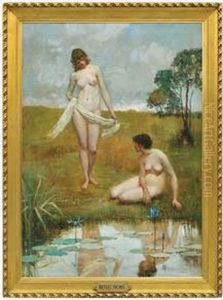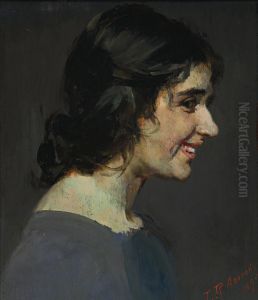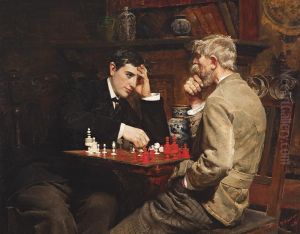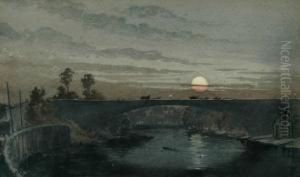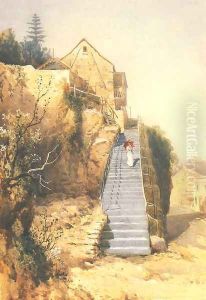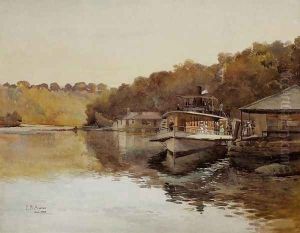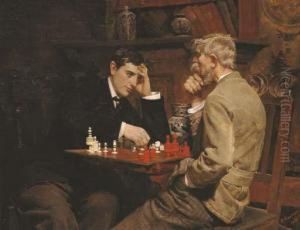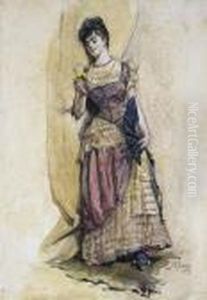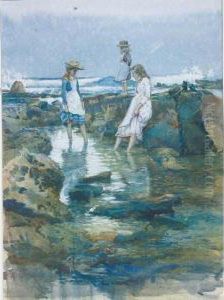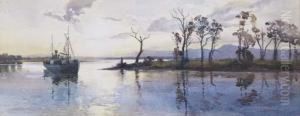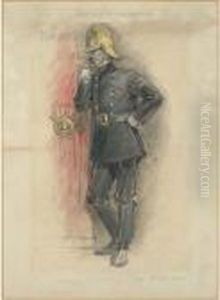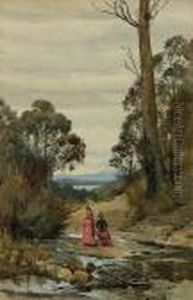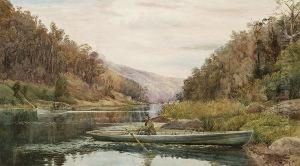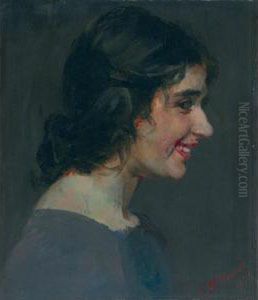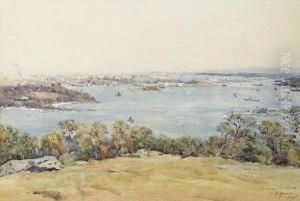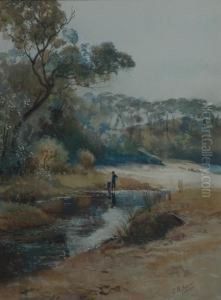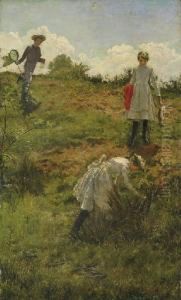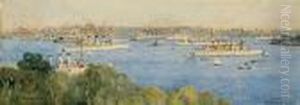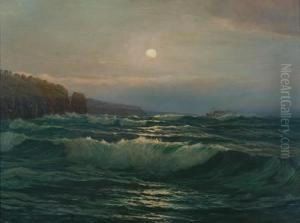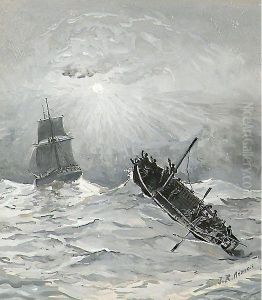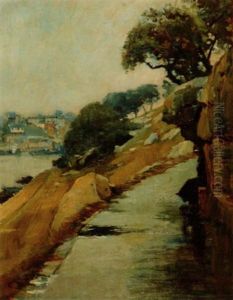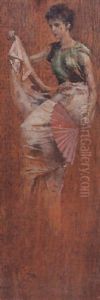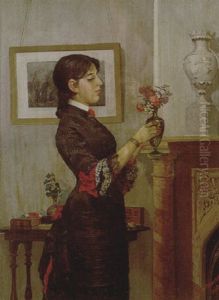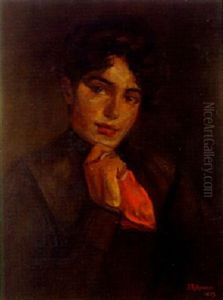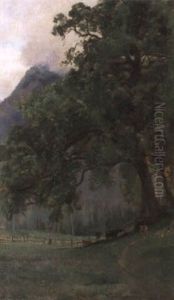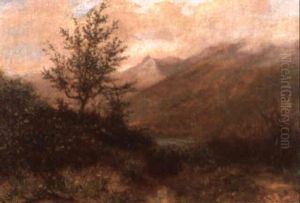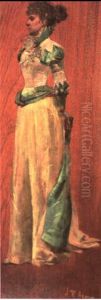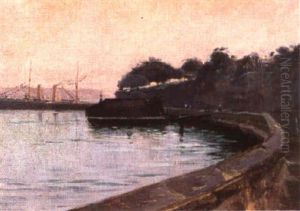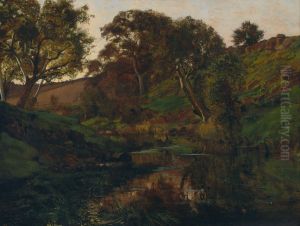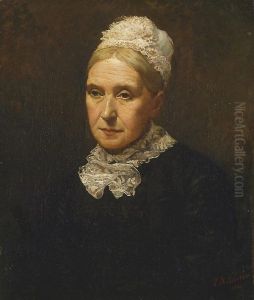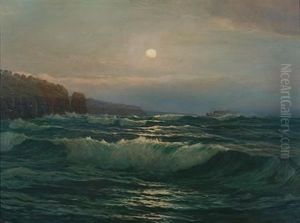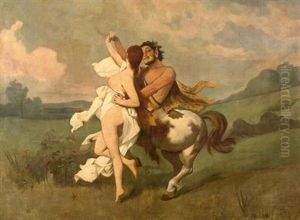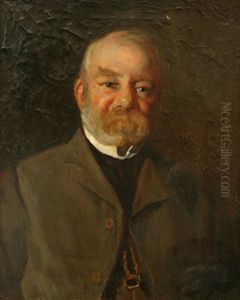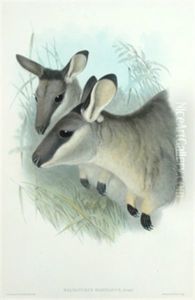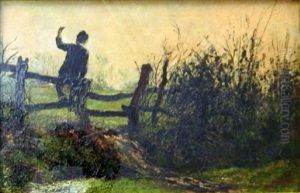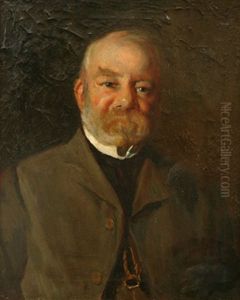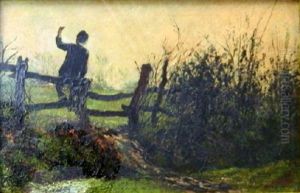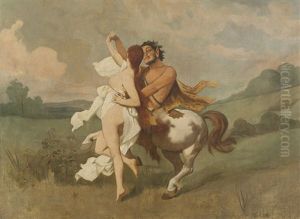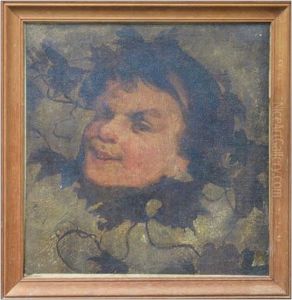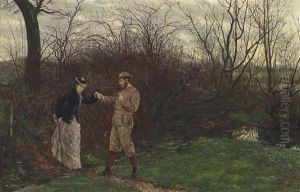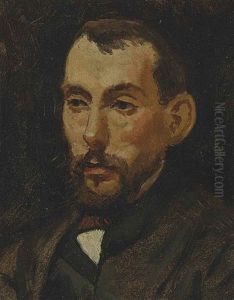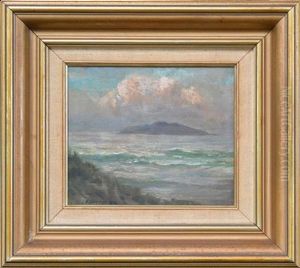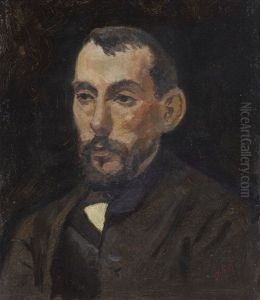Julian Ashton Paintings
Julian Rossi Ashton, born on January 27, 1851, in Addlestone, Surrey, England, was a pivotal figure in Australian art, both as an artist and an educator. His influence extended beyond his own works to the generations of artists he mentored and tutored, leaving a lasting legacy on the Australian art scene. Ashton's family migrated to Australia in 1878, settling in Sydney, where he quickly became involved in the local art community, contributing significantly to its development.
Ashton's artistic style was primarily influenced by his traditional training in England, and upon moving to Australia, he became known for his landscapes and portraits. However, it was his role as an educator that cemented his place in Australian art history. In 1890, he founded the Julian Ashton Art School, which remains one of the oldest continuous art schools in Australia. His teaching philosophy emphasized the importance of drawing from life, a principle that guided the curriculum of his school and influenced countless Australian artists.
Throughout his career, Ashton was involved in the establishment and promotion of art societies and exhibitions in Australia. He was a key figure in the Society of Artists, Sydney, and advocated for the creation of public art galleries, including the Art Gallery of New South Wales. Ashton’s efforts in this area helped to elevate the status of Australian art both nationally and internationally.
Julian Ashton passed away on April 27, 1942, in Sydney, but his impact on Australian art persisted. His dedication to teaching and his belief in the importance of a solid foundation in drawing and painting principles helped shape the careers of many prominent Australian artists. His commitment to the arts also extended to his personal life, with several of his children becoming artists in their own right. Today, the Julian Ashton Art School continues to operate, adhering to the foundational principles set by Ashton, and his work is held in high regard, with pieces in major Australian galleries, serving as a testament to his contribution to the cultural heritage of Australia.
